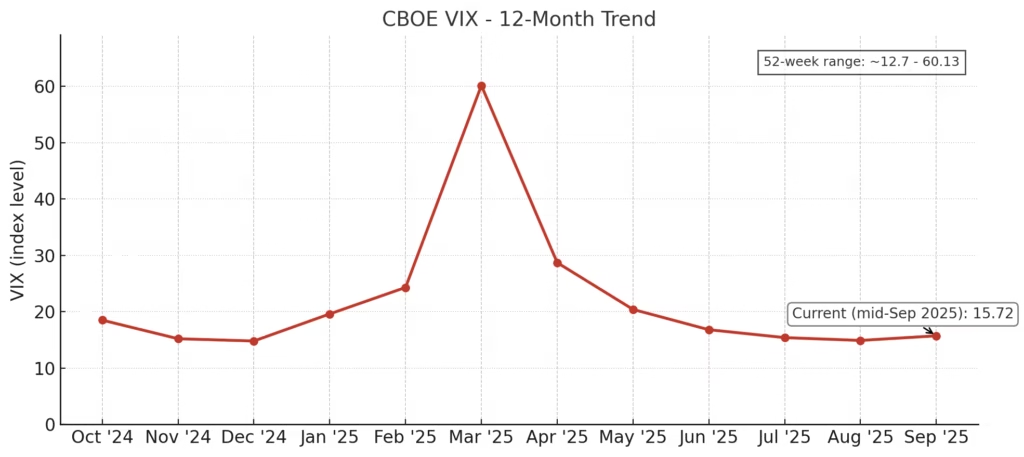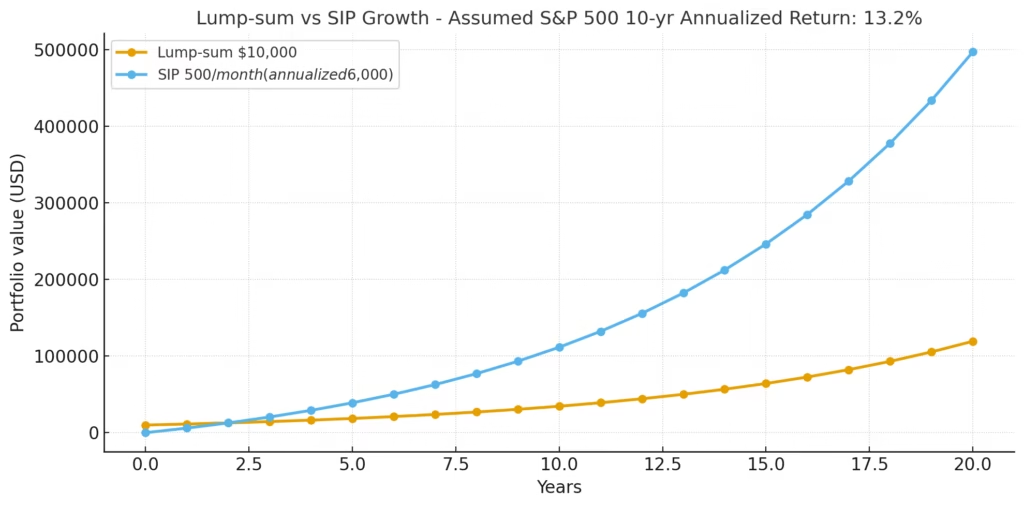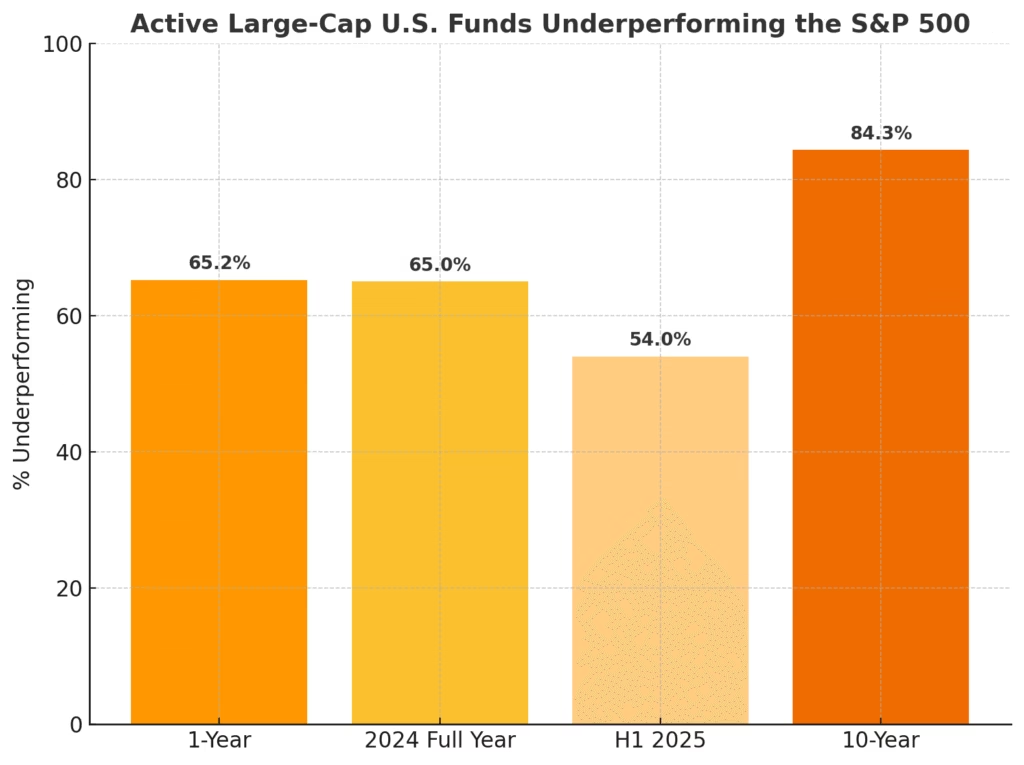
What is mutual fund and how to invest? This is the first question every beginner asks when they start thinking about building wealth. If you are wondering how to invest in mutual funds, you are not alone. Millions of people in the US, UK, Canada, Singapore, and Australia are choosing mutual funds as their primary investment vehicle because they offer diversification, professional management, and simplicity.
Every investor, whether new or experienced, wants to grow their money. The challenge is deciding where to begin. Stock markets look intimidating. Bonds feel complicated. Real estate requires large capital. This is where mutual funds become the bridge for beginners. They allow you to participate in multiple investments without needing to be a financial expert.
In this blog, I will take you through the complete journey of mutual funds in three parts. By the end, you will not only understand what is mutual fund and how to invest, but you will also feel confident enough to start your own investing journey.
What is a Mutual Fund?
Imagine you and a group of friends decide to buy a basket of fruits. Instead of each person buying only apples or only oranges, everyone puts in money, and together you buy a mix of apples, oranges, bananas, and grapes. That way, if apples go bad, you still have the other fruits. A mutual fund works exactly the same way.
A mutual fund pools money from many investors and invests it across different assets such as stocks, bonds, or even gold. A professional fund manager takes care of choosing and managing these investments.
Key Features of Mutual Funds
- Diversification: Reduces risk by spreading investments across multiple companies and sectors.
- Professional Management: Experts handle the research and investment decisions.
- Accessibility: You can start with a small amount, sometimes as low as 100 dollars.
- Liquidity: Most mutual funds can be bought or sold easily, unlike real estate or fixed assets.
Why Should You Consider Mutual Funds?
Beginners often hesitate because they feel mutual funds are only for the rich or financially educated. The reality is, mutual funds are designed to make investing simple for everyone.
Here are some reasons why they stand out:
- Low Entry Point – You do not need thousands of dollars to start. Many platforms let you begin with small monthly contributions.
- Diversification Advantage – Instead of betting all your money on one stock, you spread it across 50 or 100 companies.
- Time Saving – Fund managers and analysts do the heavy lifting for you.
- Flexibility – You can choose equity funds for growth, debt funds for stability, or hybrid funds for balance.
Types of Mutual Funds You Should Know
To understand what is mutual fund and how to invest, you must first learn the types of mutual funds available.
- Equity Mutual Funds – Invest in company stocks. They carry higher risk but also higher potential returns.
- Debt Mutual Funds – Invest in bonds and government securities. Lower risk but more stable returns.
- Hybrid or Balanced Funds – A mix of equity and debt, designed for moderate risk-takers.
- Index Funds – Track a market index like S&P 500 or Nifty 50. Popular for being low-cost and reliable.
- Dividend Funds – Provide regular payouts from company profits, best for passive income seekers.
Each type has its own risk-return profile, and the right one depends on your financial goals.

Quick Quiz for You
If you invest 1000 dollars in a single stock and that company loses 50 percent, how much is left? 500 dollars.
If you invest the same 1000 dollars across 50 companies and 5 of them lose value while the rest grow, how much safer is your money? Much safer.
That is the magic of diversification that mutual funds bring to every investor.
How to Start Investing in Mutual Funds
Knowing what a mutual fund is only solves half the puzzle. The next step is learning how to invest in mutual funds effectively.
- Set Your Financial Goals
Are you investing for retirement, a house, or your child’s education? Clear goals help in selecting the right fund. - Choose the Right Type of Fund
Growth-focused investors may pick equity funds, while conservative ones may go with debt or hybrid funds. - Select a Trusted Platform or Broker
You can invest directly through fund houses, your bank, or investment apps available in your country. - Decide Between SIP and Lump Sum
SIP (Systematic Investment Plan) allows small monthly contributions. Lump sum is investing a large amount at once. - Track and Review
Regularly check your fund’s performance but avoid reacting emotionally to short-term market changes.
Practical Examples of Mutual Fund Investing
Sometimes, the best way to learn is through real-life scenarios. Let us take two beginners, Emma from the US and Raj from Singapore.
Emma starts investing 200 dollars monthly in an equity mutual fund through a Systematic Investment Plan. Over 10 years, even if the market has ups and downs, her consistent contributions and compounding help her money grow steadily.
Raj, on the other hand, invests a lump sum of 10,000 dollars in a hybrid fund. His fund manager allocates a mix of equities and bonds. While his equity portion gives growth, the bonds stabilize his returns. Both Emma and Raj are beginners, but their choices reflect different styles of mutual fund investing.
This shows that there is no one-size-fits-all strategy. The important thing is to match your choice with your financial goals and comfort with risk.

Common Myths About Mutual Funds
Before you decide how to invest in mutual funds, let us clear some common myths that may be stopping you.
Myth 1: Mutual funds are only for experts.
Truth: Mutual funds are designed for beginners. Fund managers handle the complex work.
Myth 2: You need a large amount to start.
Truth: Many platforms allow you to start with as little as 50 or 100 dollars.
Myth 3: Mutual funds guarantee returns.
Truth: While they offer diversification, returns are market-linked and not guaranteed.
Myth 4: Once you invest, you cannot withdraw easily.
Truth: Most open-ended mutual funds allow redemption on any working day, making them liquid.
By clearing these misconceptions, you get a clearer picture of what mutual funds really are and why they are beginner-friendly.
Strategies for Successful Mutual Fund Investing
If you want to build long-term wealth, knowing what is mutual fund and how to invest is just the first step. The next step is applying the right strategies.
1. Start Early and Stay Consistent
The earlier you begin, the more time your money has to grow. Compounding works best when you stay invested longer.
2. Use SIPs for Discipline
A Systematic Investment Plan takes away the pressure of timing the market. You invest a fixed amount regularly, which balances out the highs and lows.
3. Diversify Across Funds
Do not put all your money in one mutual fund. Spread it across equity, debt, and index funds to balance risk.
4. Avoid Chasing Short-Term Trends
It is tempting to jump into the latest “hot fund” but consistency beats trend chasing. Look for funds with a stable track record.
5. Keep an Eye on Expense Ratios
Expense ratio is the cost charged by the fund manager. Lower ratios usually mean higher net returns for you over time.
How to Choose the Right Mutual Fund
With thousands of funds available globally, beginners often get confused. Here are the key factors you should look at:
- Fund Objective – Does the fund aim for growth, income, or stability?
- Historical Performance – While past performance is not a guarantee, it gives you insight into how the fund has handled different market cycles.
- Risk Level – Check if the fund matches your personal risk tolerance.
- Expense Ratio – A high expense ratio eats into your returns.
- Fund Manager Reputation – An experienced manager can make a big difference.
- Ratings and Reviews – Use platforms like Morningstar or Value Research to check fund ratings.
Here is a quick question for you: If you had 5000 dollars today, would you prefer to put it all in one equity fund, or split it across an equity, debt, and index fund? Drop your answer in the comments. Your reasoning could help another beginner learn.
Risk and Reward in Mutual Funds
When you learn how to invest in mutual funds, understanding risk is essential. Every investment carries some risk, but the level varies.
- Equity funds are high-risk but high-return.
- Debt funds are low-risk but stable.
- Hybrid funds balance both.
Think of it as a spectrum. The higher the risk, the greater the potential reward, but also the higher the chance of losses in the short term. The lower the risk, the more stability, but you may miss out on bigger gains.
A smart beginner chooses a mix based on age, income, and future goals. For example, a young professional in Canada may lean towards equity funds for growth, while a retiree in Australia may prefer debt or dividend funds for safety.

Tax Benefits of Mutual Funds
Taxes play a big role in your final returns. When exploring what is mutual fund and how to invest, you must know how taxation works in your country.
- United States: Dividends and capital gains are taxable. Long-term capital gains usually have lower tax rates. Tax-efficient funds, like index funds or ETFs, can reduce the burden.
- United Kingdom: Investors can use ISAs (Individual Savings Accounts) to shield mutual fund investments from taxes.
- Canada: Registered accounts like TFSA and RRSP provide tax advantages.
- Australia: Capital gains tax discounts are available if you hold the investment longer than a year.
- Singapore: Mutual fund dividends are often tax-free for individuals, making it a favorable destination for investors.
Before investing, always check your local regulations or consult a tax advisor. A fund’s post-tax return is what truly matters.
Global Perspective: Why Mutual Funds Are Universal
Mutual funds are not just popular in one country. They are a trusted investment vehicle across Tier 1 nations.
- In the US, mutual funds manage trillions of dollars, with index funds growing rapidly.
- In the UK and Australia, retail investors prefer mutual funds for retirement portfolios.
- In Canada, mutual funds are common inside registered retirement plans.
- In Singapore, global mutual funds give exposure to both Asian and Western markets.
This global trust shows that mutual funds are flexible and adaptable, no matter where you live.
Common Mistakes Beginners Should Avoid
When learning how to invest in mutual funds, many beginners make the same errors. Avoiding these can save you money and stress.
- Chasing Past Performance – Just because a fund performed well last year does not guarantee future success.
- Ignoring Costs – Even a small expense ratio difference of 1 percent can cost you thousands over decades.
- Investing Without a Goal – Always define whether you want growth, income, or stability before choosing a fund.
- Frequent Switching – Constantly moving between funds may reduce returns due to exit loads and short-term taxes.
- Neglecting Risk Profile – A high-risk equity fund may not suit a beginner saving for short-term needs.
Step-by-Step Action Plan for Beginners
If you are serious about starting today, here is a simple roadmap.
- Define Your Goal: Retirement, education, or wealth creation.
- Decide Risk Level: Choose equity, debt, or hybrid funds accordingly.
- Pick a Platform: Trusted brokers or apps that allow you to start with small amounts.
- Start With SIPs: Begin with a fixed monthly investment to build consistency.
- Track and Review: Review your funds every 6 to 12 months, not daily.
- Rebalance When Needed: Adjust your portfolio if your risk tolerance or goals change.
This structured approach ensures discipline and helps avoid emotional decisions during market ups and downs.
Here is a quick question for you: If your goal is to buy a house in 5 years, would you invest in an equity mutual fund or a debt mutual fund? Post your answer in the comments, and let us see how different readers think about short-term vs long-term goals.
Long-Term Benefits of Mutual Funds
Mutual funds are not about quick gains. They are designed to create wealth steadily. The benefits include:
- Diversification across many assets.
- Professional management.
- Liquidity compared to direct real estate or other illiquid assets.
- Tax advantages in certain countries.
- Access to global markets without needing to pick individual stocks.
Over time, these advantages compound into real financial security.
If you are looking to combine steady income with long-term growth, here’s a carefully curated list of the Best Dividend Paying Mutual Funds in 2026: Powerful Income Picks.
Learning Resources
- Read my detailed comparison in “Index Funds or Mutual Funds: Which Is Better?” to strengthen your understanding of investment choices.
- Visit Morningstar for in-depth fund ratings and performance analysis to back up your research.
Final Thoughts
Every beginner has the same question: what is mutual fund and how to invest wisely? The answer lies not in picking the flashiest fund, but in building a strategy that aligns with your goals.
If you are from the US, UK, Canada, Singapore, or Australia, the principles remain the same: start early, stay consistent, diversify, and avoid emotional mistakes. Mutual funds are a tested tool for market beginners and seasoned investors alike.
The key takeaway is simple: investing in mutual funds is not about timing the market, it is about time in the market.
So, are you ready to take your first step into mutual funds? Share your thoughts below and let us know what your investment journey looks like. Your story could inspire the next beginner reading this blog.



